North Colonie Central Schools, located just outside Albany, New York, serves 6,200 K-12 students across eight schools. In recent years, the district has been rethinking how to bring greater consistency and support to classroom instruction and student services. Learn how district leaders are working across roles—from the central office to classroom teachers—to strengthen instructional practices and ensure every student receives the support they need to thrive.
Challenges
- Instructional practices at North Colonie vary across classrooms, despite core curriculum and shared block schedules.
- Scaling PD was difficult and time-consuming, limiting access to high-quality support for all staff.
- Student support practices—like MTSS and life skills instruction—were inconsistent and not always grounded in current student data.
Solution
Results
- North Colonie aims to use Solara to support more consistent, data-driven lessons aligned to state standards and student needs.
- District leaders plan to build a common foundation for instructional support across roles, increasing overall capacity.
- Solara is expected to strengthen North Colonie’s MTSS through asset-based and data-driven student support planning.
Challenges
District leaders at North Colonie Central Schools have been working to address a complex instructional landscape: how to ensure every student receives high-quality, personalized learning, independent of grade level, school, or teacher. While the district had invested in clear curriculum structures—such as a 90-minute ELA block in elementary schools and 84-minute blocks at the secondary level—implementation looked different from classroom to classroom.
“The reality is that across six elementary buildings, the strength of instruction is still varied,” said Casey Bardin, Director of Pupil Services. “So while the structure is good and important for making improvements (e.g. in reading scores), we’re still not consistent.”
Additionally, despite a strong foundation of professional development, scaling instructional support remained a challenge. The district had been relying on its strongest curriculum experts to guide newer teachers. Special educators working alongside general education teachers also played a central role in instruction, making it even more important for all staff to have access to the same planning tools and expectations. But coordinating large-scale training sessions was a logistical hurdle.
“When you have to pull 30 people together, across the elementary buildings, getting coverage isn’t easy,” Bardin said. The district needed ways to make expertise and best practices more accessible across buildings and roles, without relying solely on time-intensive, in-person PD.
At the same time, district leaders have continued to use Panorama Student Success to refine their MTSS processes to better support students across the K–12 landscape. “We’ve done the training, defined the tiers, and created the structures, but there is still room for improvement and we're trying to get better at it,” Bardin said. While the foundations are in place, applying them consistently and in an asset-based, data-driven way remains a work in progress.
This also includes embedding life skills into instruction—especially at the secondary level, where the shift to longer block periods presented both new opportunities and challenges for supporting student needs.
Solution
To address these challenges, North Colonie adopted Panorama Solara as a way to support instructional planning, increase consistency across classrooms, and build district-wide alignment. The district is implementing Solara as a tool that gives every educator—from classroom teachers to curriculum directors—a stronger foundation for instructional decision-making grounded in current student data.

Panorama Solara securely connects with your district’s documents and Panorama data, providing AI-powered insights at the student level.
At the elementary level, Solara is being used to help teachers plan high-quality instruction for the 90-minute ELA block. Educators are working with district leaders to co-create lesson templates that emphasize key practices like small group instruction, formative assessment, and differentiation.
At the secondary level, where the district recently adopted an 84-minute block schedule, Solara is central to bringing greater consistency to how that instructional time is used. Bardin posed a guiding question: “Can we automatically eliminate some of the variables that are happening instructionally if we’re able to build a lesson in Solara?” That question is shaping the district’s approach: using Solara to embed shared components into each block—like small group instruction, life skills development, and formative assessment—so teachers have a clear and cohesive model to work from. In this way, Solara serves as a thought partner for educators.
For example, a North Colonie 4th grade teacher might use Solara to plan a block that starts with a focused mini-lesson, then moves students into targeted small groups. In a secondary social studies class, Solara might help design a formative check for understanding where students analyze a historical document—helping the teacher identify who’s ready to move on and who needs more support.
Additionally, Solara is helping North Colonie define what Bardin and his team describe as ‘bounded autonomy’—an approach that gives educators flexibility within clearly defined expectations. With Solara, teachers can personalize their approach while staying aligned to district priorities. This balance promotes coherence across classrooms while still giving educators flexibility to respond to their students’ needs.
The goal is not just technical implementation, but building shared language and deeper instructional conversations. “There’s never enough conversation about instruction,” Bardin said. But with Solara, North Colonie is developing a shared foundation, offering a common language and visibility into instructional practices across classrooms. It opens the door to deeper instructional dialogue—where educators can reflect together, question what’s working (and what’s not), and grow as a team.
North Colonie’s push for improving instructional core and consistency builds on its existing work with Panorama. For the district, Solara is a natural next step: a tool not just for insight, but for action.
Results
North Colonie’s implementation of Solara is still in its early stages, but the foundation is in place. Over the summer, district teams began co-creating lesson templates and MTSS support agendas. These tools are designed to be flexible yet structured, giving teachers meaningful data and clear frameworks to guide how they use time in the classroom. Solara acts as a thought partner in this process, helping educators make more intentional, student-centered decisions day to day.
Solara is also helping North Colonie build a more cohesive approach to MTSS. Bardin emphasized the district’s commitment to strengths-based, bias-resistant conversations grounded in objective data. He noted that Solara can support that work by improving documentation, promoting more consistent planning, and helping teams focus on what students need to succeed.
By giving more teams access to planning tools, exemplars, and shared expectations, the district is also reducing the need to rely exclusively on in-person PD to scale strong instruction. “Instead of having a few people with the knowledge, Solara can help everyone [in the district] have it,” Bardin said. “That increases the capacity of coaches, principals, directors, and educators—and that helps with momentum.”
At the heart of this work, Bardin said, is a simple but powerful goal: “Improve instruction, progress and experience for kids in every single classroom.”
Looking Ahead: Next Steps
As the new school year begins, North Colonie is working with its curriculum directors, building leaders, and content supervisors to develop Solara tools for teachers’ daily planning and student support. Priorities include differentiated planning for the elementary ELA block, secondary lesson models that incorporate life skills, and new tools to strengthen Student Support Team meetings—including a custom MTSS agenda generator.
As part of the district’s long-term vision, leaders are also focused on modeling responsible and transparent use of AI in education. “A lot of our students are already using AI,” Bardin said. “So how do we talk about AI in the classroom in a way that isn’t hypocritical? How can we model good, ethical, responsible AI use?”
For Bardin, Solara’s value lies in how it encourages educators to reflect on what they teach, why it matters, and how to keep it relevant. He sees the tool as a way to bring more intention and purpose to daily planning.
In fact, one reason the district felt confident moving forward with Solara was Panorama’s support around policy. Panorama’s sample AI guidelines provided a clear starting point for engaging the school community in conversations about responsible use.
North Colonie sees Solara not just as a planning tool, but as a driver of instructional growth—helping educators design more thoughtful lessons and more student-centered responses than ever before.



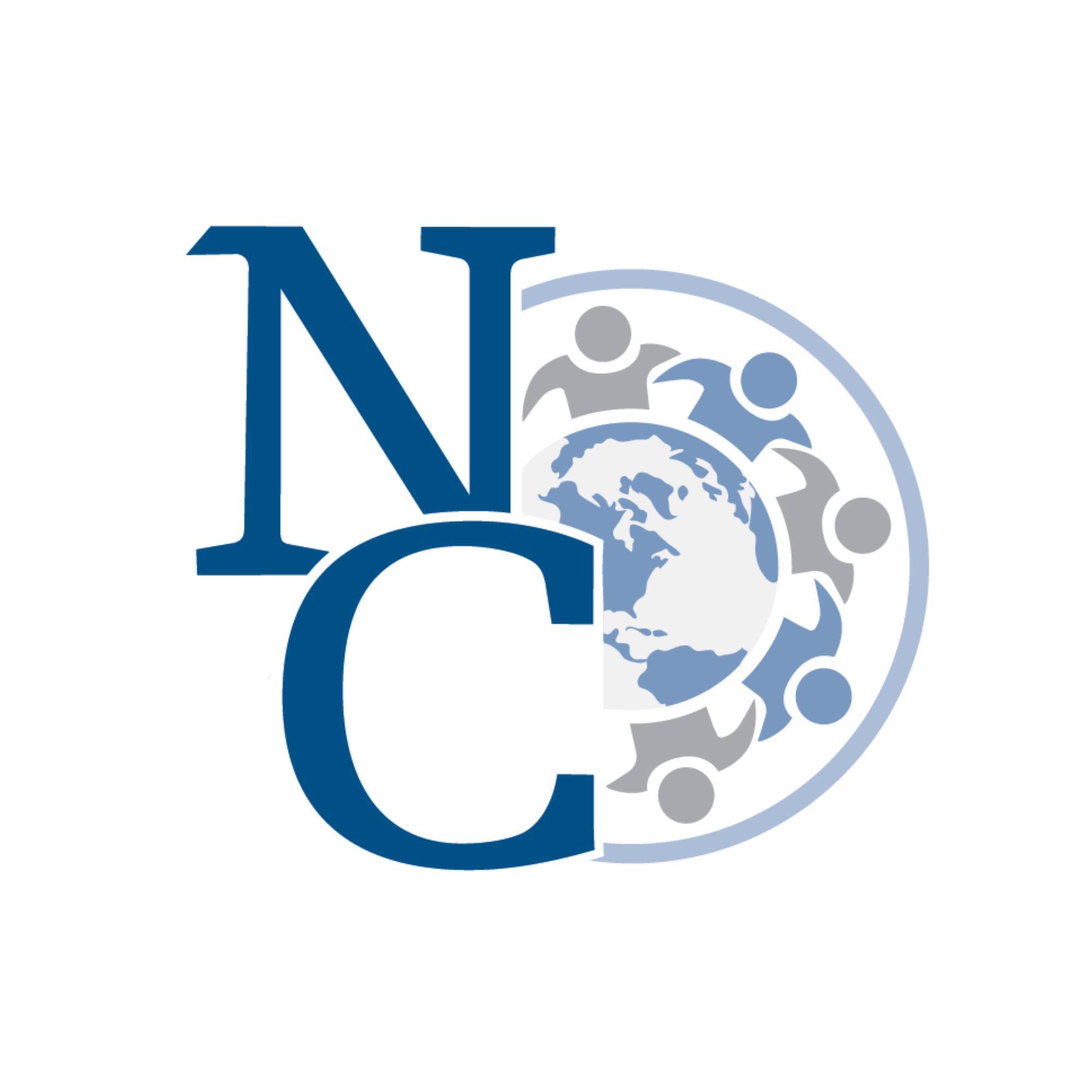

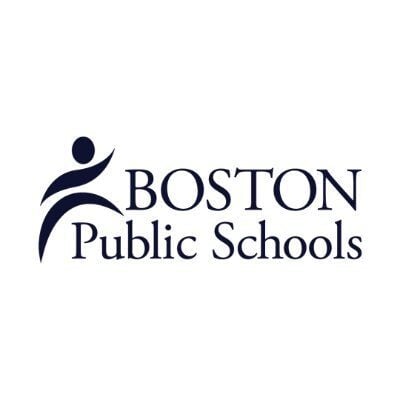

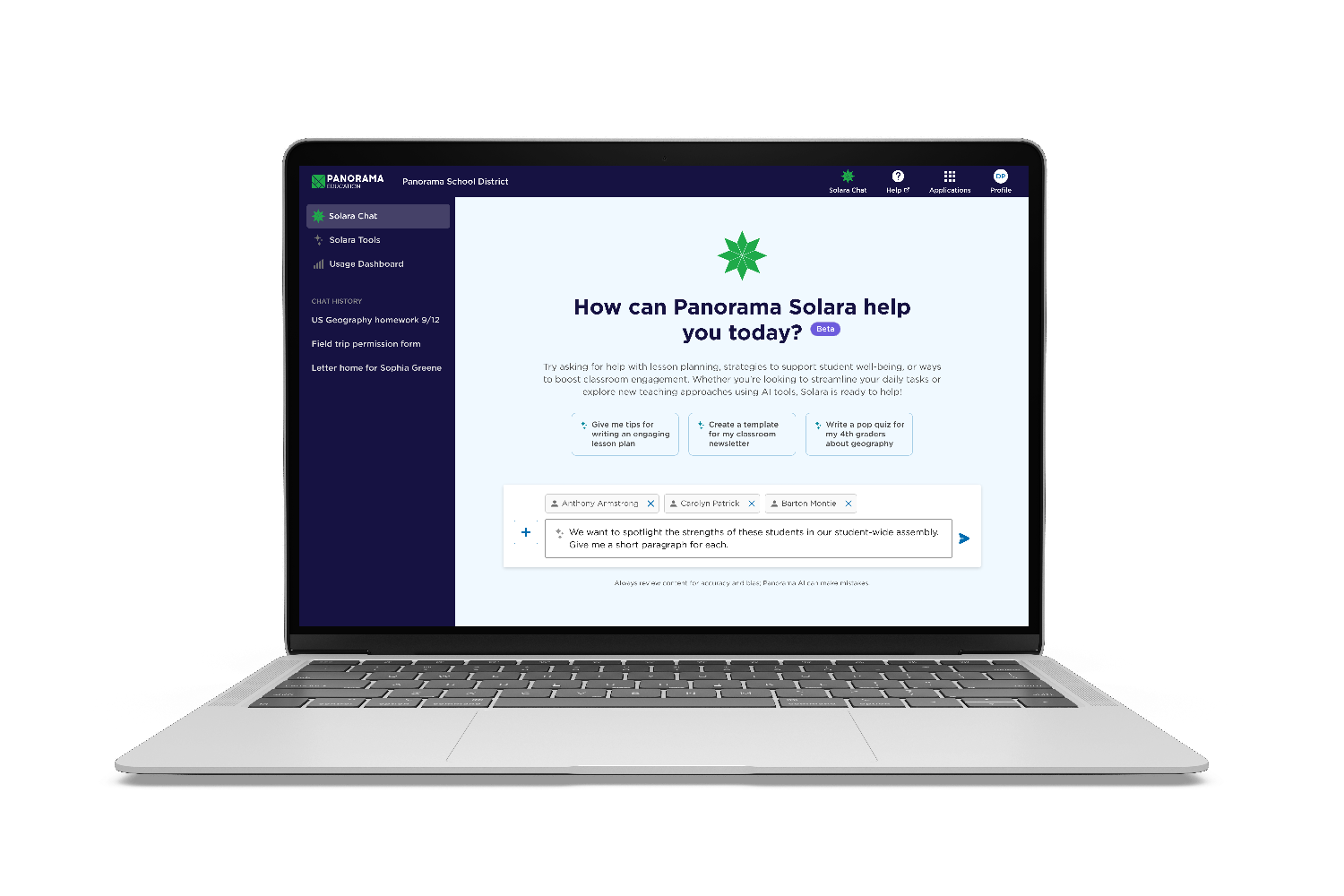
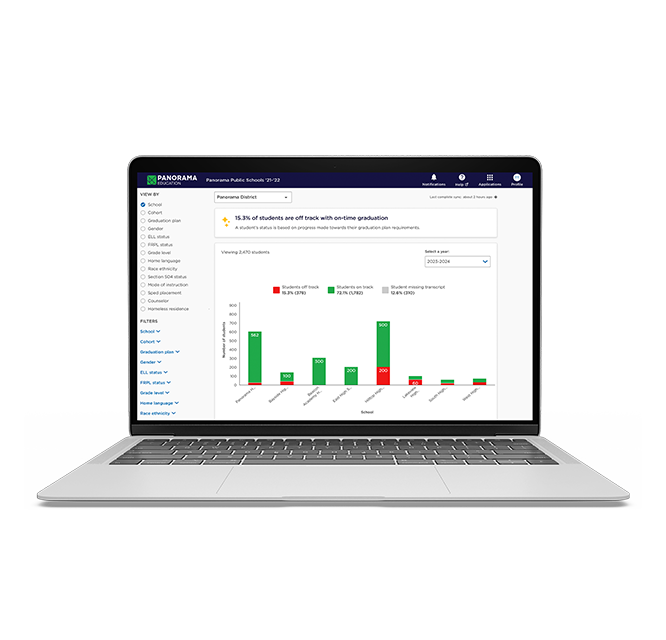
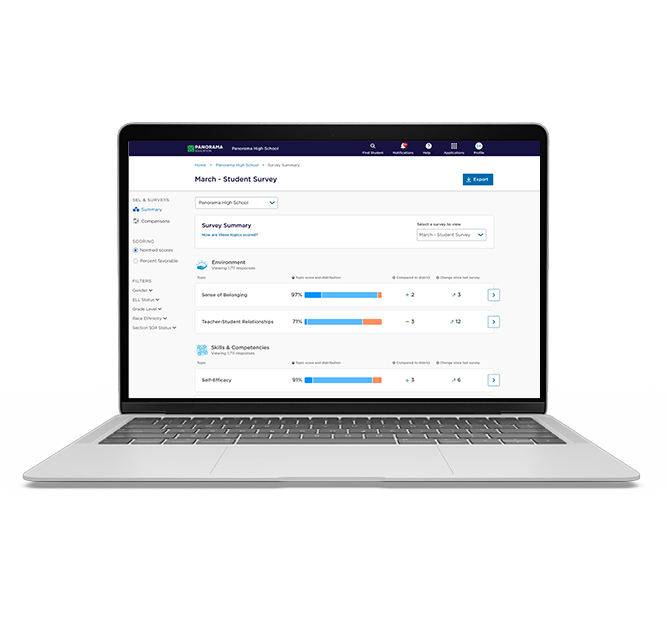
![How AI Ready Is Your District? [Infographic]](https://www.panoramaed.com/hubfs/iStock-1912513615.jpg)